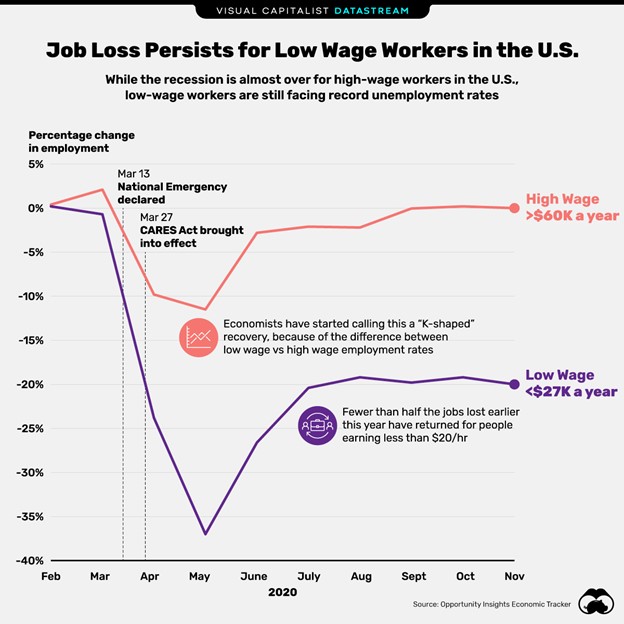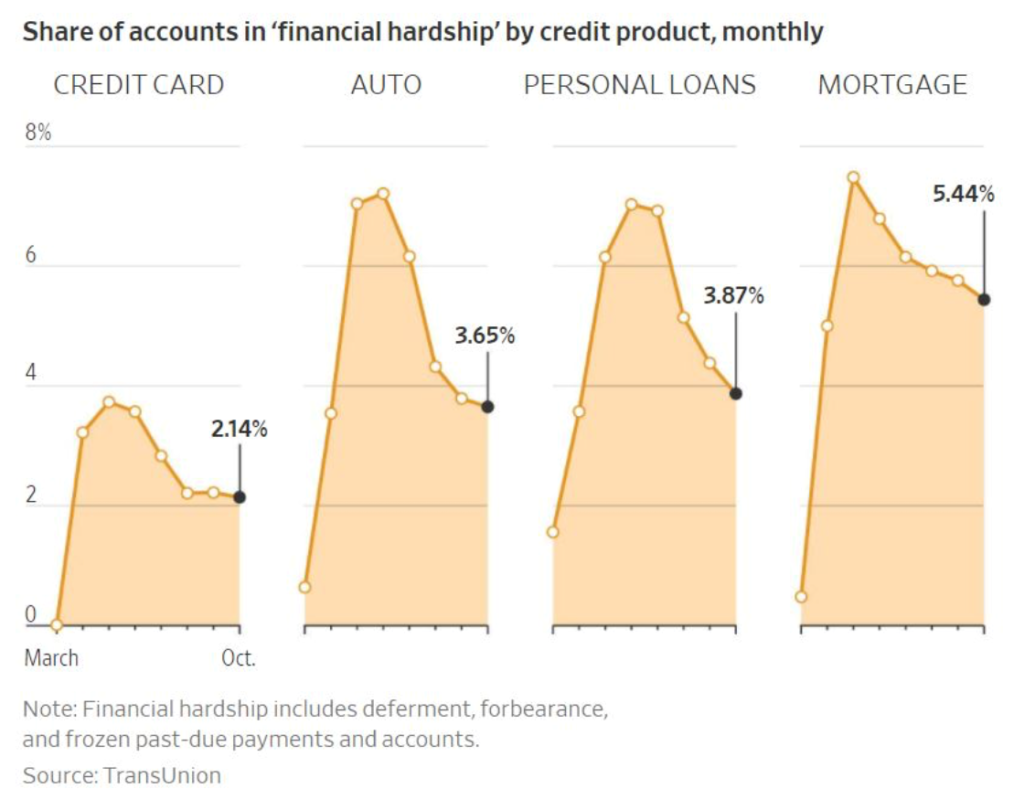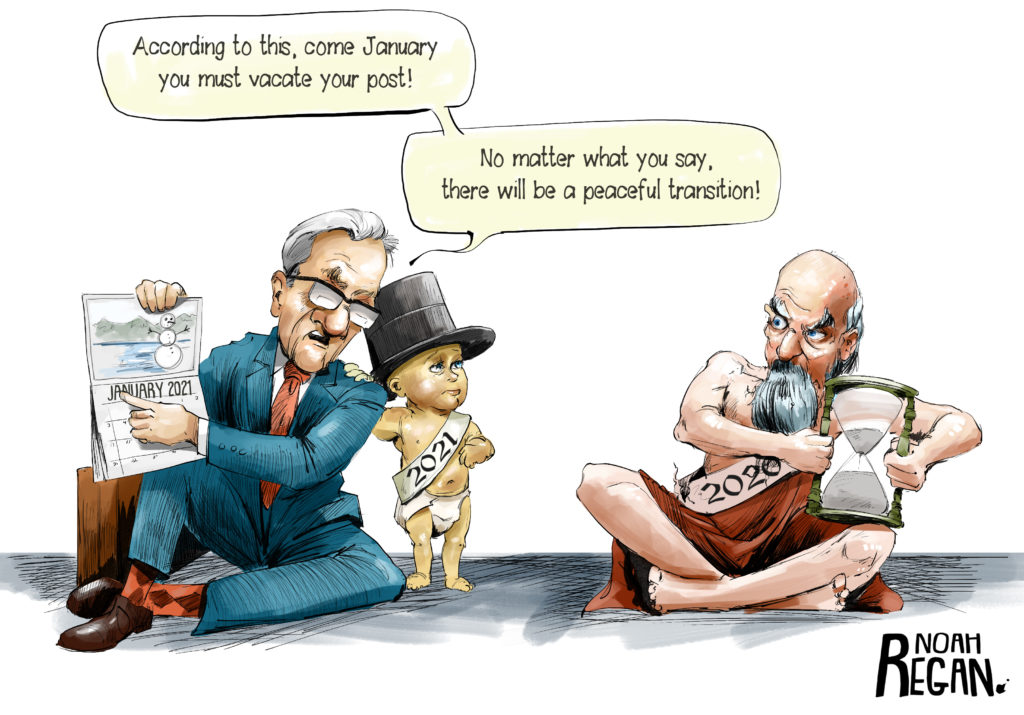The total assets of the NCUSIF are approaching $20 billion, all of which are invested in U.S. Treasury securities. Yet there appears to be no active oversight of fund management. NCUA has passed a rule, examiner’s guidance and numerous letters to ensure credit unions implement an interest rate risk (IRR) policy. This required practice does not seem to be followed within NCUA.
In the September 2020 NCUSIF statements, the CFO reported the following new fixed rate, fixed term investments during the month:
2 Year at .12%
3 Year at .15%
4 year at .20%
5 Year at .27%
6 Year at .36%
7 Year at . 45%
These yields are at historic lows. There is only one direction rates can go. The only question is when. While the Fed has indicated it will keep this level until the recovery and inflation are well underway, there is no way to know how soon this will be.
Are these prudent investments given these unusual economic circumstances? Does NCUA have an IRR policy for this $20 billion of credit union funds?
The Revenue Implications
Almost all the NCUSIF’s income is from its investments. The revenue from this fixed 7-year ladder is easy to calculate at current rates.
For each $100 million, 10 basis points in yield will generate annual income of $100,000.
For example, in the above investments, the additional annual income by going from a 2- to 3-year fixed term is $30,000 per $100 million.
Extending from a 2- to 7-year term, results in a .33% or $330,000 pickup for the added five years of fixed rate risk.
NCUSIF’s total investment income was $306 million in 2019. Revenue is $211 million for the first nine months of 2020. So, the incremental revenue gain going further out the curve in the current rate environment is inconsequential. Investing $1 billion dollars fixed for 7 years for a .38% gain in yield versus staying short term adds only $3.8 million more in annual revenue.
Shock Testing the Strategy
NCUA requires all credit unions to perform IRR shock tests of their investments to determine the impact on revenue and net economic value (NEV) of the portfolio in various rate scenarios.
The table below shows three different scenarios for a parallel and immediate increase across the entire yield curve for the fund’s September investments.
| Term |
Rate |
Base Price |
Up100 Price |
Up100 % Price Change |
Up200 Price |
Up200 % Price Change |
Up300 Price |
Up300 % Price Change |
| 4 Years |
0.20% |
100 |
96.033 |
-3.97% |
92.069 |
-7.93% |
88.108 |
-11.89% |
| 5 Years |
0.27% |
100 |
95.029 |
-4.97% |
90.06 |
-9.94% |
85.093 |
-14.91% |
| 6 Years |
0.36% |
100 |
94.024 |
-5.98% |
88.051 |
-11.95% |
82.081 |
-17.92% |
| 7 Years |
0.45% |
100 |
93.019 |
-6.98% |
86.041 |
-13.96% |
79.066 |
-20.93% |
A 300-basis point shock test (final column) is the minimum required by examiners. In this shock of the four longest maturities, the decline in principal value is from 12 to 21%. That means investments could not be converted to cash without taking a significant capital loss or a significant “haircut” if used as collateral for borrowing.
This outcome is a critical in evaluating whether the marginal revenue gain out the curve is worth the risk to principal when rates change.
Rates will certainly go up. No one knows the timing, how fast, or how far. The second judgment therefore, considers the probability of increased revenue from higher future rates which would exceed the short-term gain in income by extending out the curve now.
When the Fed begins its move, it will most likely change the current 0-.25 bps overnight rate to a range of .25-.50 basis points. This is the pattern of rate adjustments, both up and down, over the past decade. Therefore, this first change by itself will result in overnight rates in excess of the current seven-year fixed rate return.
Sitting on a $585 Million Gain in Value
The most immediate need for a coherent IRR strategy, is that the NCUSIF’s existing investments now have a market value that exceeds book, by almost $600 million.
Do nothing till maturity and the gain goes away. Sell part of the gains now and the fund records more than enough revenue to meet its projected expenses in 2021.
By shortening the average life with a partial rebalancing, the fund will then be positioned to follow rates up.
Who Oversees NCUSIF IRR Strategy?
Analyzing the risks to principal and income from September’s investment decisions suggests a reassessment of current investment practice is much needed.
Who is responsible for this analysis? Who monitors the relevance and execution of the IRR policy, if there is one?
If this were a credit union, we know for certain what the answers would be. Management drafts and carries out policy. The Board approves policy and monitors performance.
In the case of the NCUSIF, these two critical functions are clouded in bureaucratic fog. The agency is explicit in assigning IRR responsibility for a credit union. Should policy be any less explicit for the NCUSIF? Should this activity be part of the monthly report to the Board?
Where is the OIG?
A quick review of OIG activity would suggest that once again, the OIG is asleep at the switch when it comes to monitoring NCUA’s internal conduct. Here is a report of its audit in 2011 of NCUA’s external review of IRR in examinations.
“In 2011 NCUA’s Inspector General released a report on a “self-initiated” audit to determine (1) whether the National Credit Union Administration’s (NCUA) interest rate risk (IRR) policy and procedures help to effectively reduce IRR; and (2) what action NCUA has taken or plans to take to identify and address credit unions with IRR concerns. To accomplish our objective, we interviewed NCUA headquarters and regional management and staff. We also obtained and reviewed NCUA guidance, policies, procedures, and other available information regarding interest rate risk. In addition, we judgmentally selected five credit unions, one from each of NCUA’s five regions, and analyzed the corresponding examination and supervision reports and related documents. We determined that NCUA has taken steps to identify and address credit unions with interest rate risk concerns.” [emphasis added]
However, the OIG is silent on this topic in NCUA’s internal IRR. NCUA’s “policy and procedures” for its own responsibility, if they exist. certainly call for a similar audit.
Below are the Agency’s requirements for effective credit union IRR practice. They provide a detailed framework for NCUA’s own investment management.
Excerpts from NCUA’s IRR Requirements for Credit Unions from the rule, FAQs and guidance in letters. All excerpts are verbatim.
Why is the Interest Rate Risk (IRR) rule written as a requirement for insurance?
Interest rate risk is a core risk which confronts FICUs; similar risks exist with regards to lending and investments for which regulatory requirements for insurance already exist. As a requirement for insurance the rule applies to all FICUs. The rule combines the many elements of asset liability management into a comprehensive framework for managing core risk.
IRR Policy
Who is responsible for the adequacy of the policy?
The Board of Directors is responsible for a credit union’s IRR policy.
What should the policy include?
A written policy should:
- Identify parties responsible for review of the credit union’s IRR exposure.
- Direct appropriate actions to ensure that management identifies, measures, monitors, and controls IRR exposure.
- State the frequency with which monitoring and measurement will be reported to the board.
- Set risk limits for IRR exposure based on selected measurement. (for example, GAP, NII or NEV)
- Choose tests such as interest rate shocks, that the credit union will perform using the selected measures.
- Provide for periodic review of material changes in IRR exposure and compliance with board approved policy and risk limits.
- Provide for assessment of the IRR impact of any new business activities prior to implementation.
- Provide for an annual review of policy to ensure it is commensurate with size, complexity and risk profile of the credit union.
- When appropriate, establish monitoring limits for individual portfolios, activities, and lines of business.
Oversight and Management
How should management implement the Board policy?
Management should:
- Develop and maintain adequate IRR measurement systems.
- Evaluate and understand IRR exposures;
- Establish an appropriate system of internal controls (risk taker should be separate from those measuring, i.e. does the modeler also pick the investments?);
- Allocate sufficient resources for an effective IRR program (should include competent staff with technical knowledge of the IRR program);
- Identify procedures and assumptions involved in the IRR measurement system (i.e. the credit union’s IRR model inputs);
- Establish clear lines of authority for managing IRR; and
- Provide a sufficient set of reports to comply with Board approved policies.
When should I consider my IRR management program as being effective?
Your program will be considered effective when it has a well-defined policy and it identifies, measures, monitors and controls interest rate risk, and you use these to guide decision making. Your program should be able to adjust as products are added or increased, interest rates shift, balance sheet changes and capital positions change.
Assumptions For IRR Policy
Projected interest rate assumptions are a critical part of measuring IRR and may be generated from internal analysis and/or external information-provider sources. Internal interest rate forecasts, which may be derived from implied forward yield curves, economic analysis, or historical regressions, should be documented to support the assumptions used in the analysis. Key rate assumptions that should be considered include assumptions for relevant market rates, repricing rates, replacement interest rates, and discount rates.
Stress Testing
Stress testing, which includes both scenario and sensitivity analysis, is an integral part of IRR management. Scenario analysis simulates possible outcomes given an event or series of events, while sensitivity analysis estimates the impact of change in one or only a few of a simulation model’s significant assumptions.
With IRR stress testing, the modeled scenarios involve changing interest rates by defined amounts and potentially severe magnitudes. At a minimum, standard stress tests typically include instantaneous, parallel, and sustained shocks in the yield curve of +/- 300 basis points. [emphasis added]
Parallel and static interest rate shocks in the yield curve of only +/- 300 basis points may not be sufficient to adequately assess IRR. In addition to the standard IRR policy limits, a credit union must determine the number of potential interest rate movements, including meaningful stress situations for which it will measure and analyze its IRR. In developing these appropriate rate scenarios, management should consider a variety of factors, such as the shape and level of the current and historical term structure of interest rates.
Operational Considerations
The use of stress testing is an essential discipline within the IRR management process. By generating a variety of stress test results, a credit union gains critical insight into the specific factors that have a material impact on the risk measurement results. Risk management decisions are better supported when the decision makers have a range of information available to guide risk mitigation actions.




